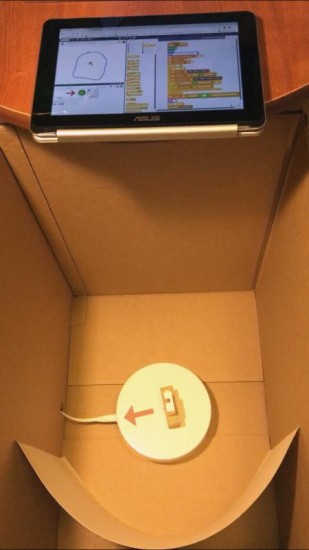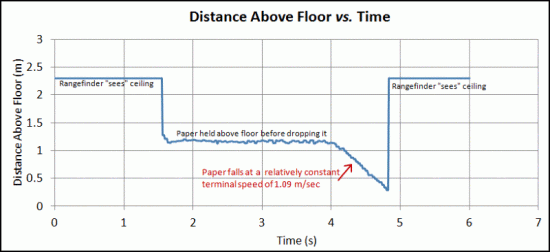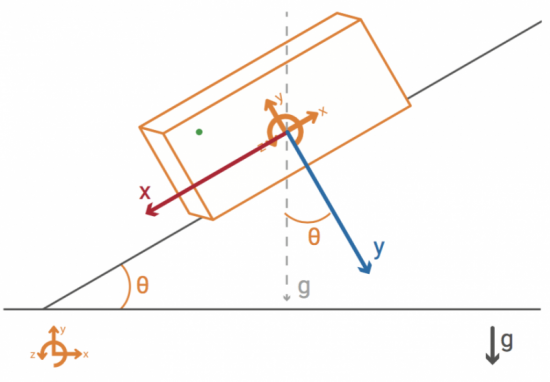Hysteresis of a Tactile Sensor
What is hysteresis?
Hysteresis can be defined as a lag time in the response of a system to forces placed on the system. A common way used in physics classes to observe hysteresis is by loading and then unloading weights from a suspended rubber band, while observing the extension of the rubber band. Students find that the rubber band does not Obey Hooke's law. They also observe that the amount of stretch of the rubber band is different when unloading than when loading.











